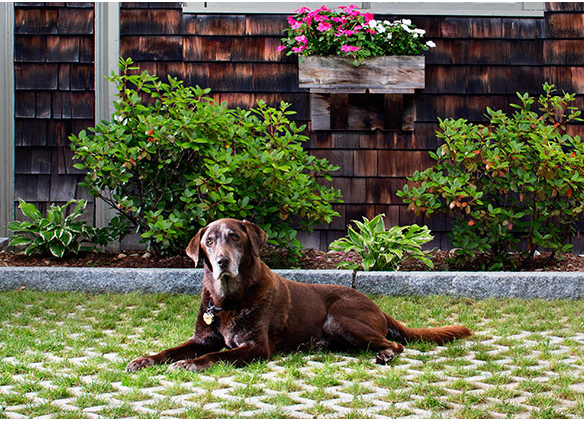

Your pavers say a lot about you. No matter the material—whether it’s stone, concrete, tile, or brick—pavers are the first element of a landscape that most visitors will experience.
For the design of front paths, patios, driveways, and stoops, you can create curb appeal by choosing pavers that complement the architecture of your home. Design tip: Concrete is a material versatile enough to look good with any style, from Victorian to midcentury modern.
Where to start? Use our guides on natural stone (such as bluestone, limestone, granite), brick, and concrete (precast and poured-in-place) to determine which hardscape material will feel best underfoot.









